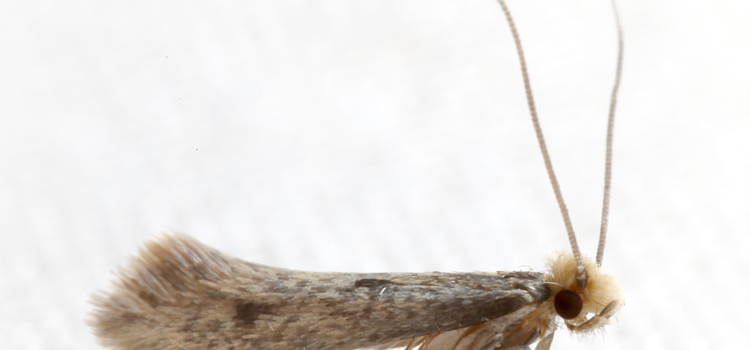Understanding Carpet Moths: Identification, Behavior, and Life Cycle
Carpet moths, also known as textile moths or clothing moths, are common household pests that can cause significant damage to carpets, rugs, and other textiles. It is crucial to have a good understanding of carpet moths, including their identification, behavior, and life cycle, in order to effectively manage and prevent infestations. Here’s what you need to know:
Identification: Carpet moths belong to the Tineidae family and are relatively small in size, typically measuring around 1 centimeter in length. They have a distinct appearance with narrow wings that are often golden or buff-colored, giving them a silvery appearance when in flight. Carpet moths are often mistaken for clothes moths due to their similar appearance and feeding habits.
Behavior: Carpet moths are primarily nocturnal insects that are attracted to dark, undisturbed areas. They prefer to lay their eggs in hidden places such as underneath furniture, along baseboards, and in the corners of rooms. Unlike other moths, carpet moths are not attracted to light sources. They are most active during warm months and tend to be less active in colder temperatures.
Feeding Habits: The larvae of carpet moths are the main cause of damage to carpets and textiles. These larvae, commonly known as woolly bears, feed on natural fibers such as wool, silk, fur, feathers, and even synthetic fibers that contain natural proteins. They have a particular affinity for soiled or soiled woolen materials, as these provide essential nutrients.
Life Cycle: The life cycle of a carpet moth consists of four stages: egg, larvae, pupae, and adult. Adult female carpet moths lay between 100 and 300 eggs, which are tiny, oval-shaped, and usually whitish in color. These eggs hatch within 4 to 10 days, depending on environmental conditions. The larvae emerge and begin to feed on available materials, gradually growing in size.
The larvae go through several molting stages as they grow, shedding their skin each time. The duration of the larval stage can range from a few weeks to several months, depending on environmental factors such as temperature and food availability. Once fully grown, the larvae spin a cocoon and enter the pupal stage. After a couple of weeks, adult carpet moths emerge from the pupae, ready to mate and start the cycle anew.
Prevention and Control: To prevent carpet moth infestations, it is essential to maintain proper cleanliness and hygiene within your home. Regularly vacuuming carpets, rugs, and upholstered furniture can help remove eggs and larvae. Ensure proper ventilation to minimize moisture, as carpet moths are attracted to damp environments. Additionally, storing woolen and natural fiber items in sealed containers can help protect them from infestation.
In cases of infestation, professional pest control services, such as Don Valley Pest Management, can provide effective solutions for carpet moth control. They have the knowledge, expertise, and appropriate treatment methods to eliminate carpet moths at all life stages and prevent further damage. Please contact us here for treatment plans
Conclusion: Understanding the identification, behavior, and life cycle of carpet moths is crucial in managing and preventing infestations. By recognizing the signs of an infestation and implementing preventive measures, you can protect your carpets, rugs, and textiles from these destructive pests. Should you encounter a carpet moth problem, it is advisable to seek the assistance of professional pest control services for effective and long-lasting solutions.


